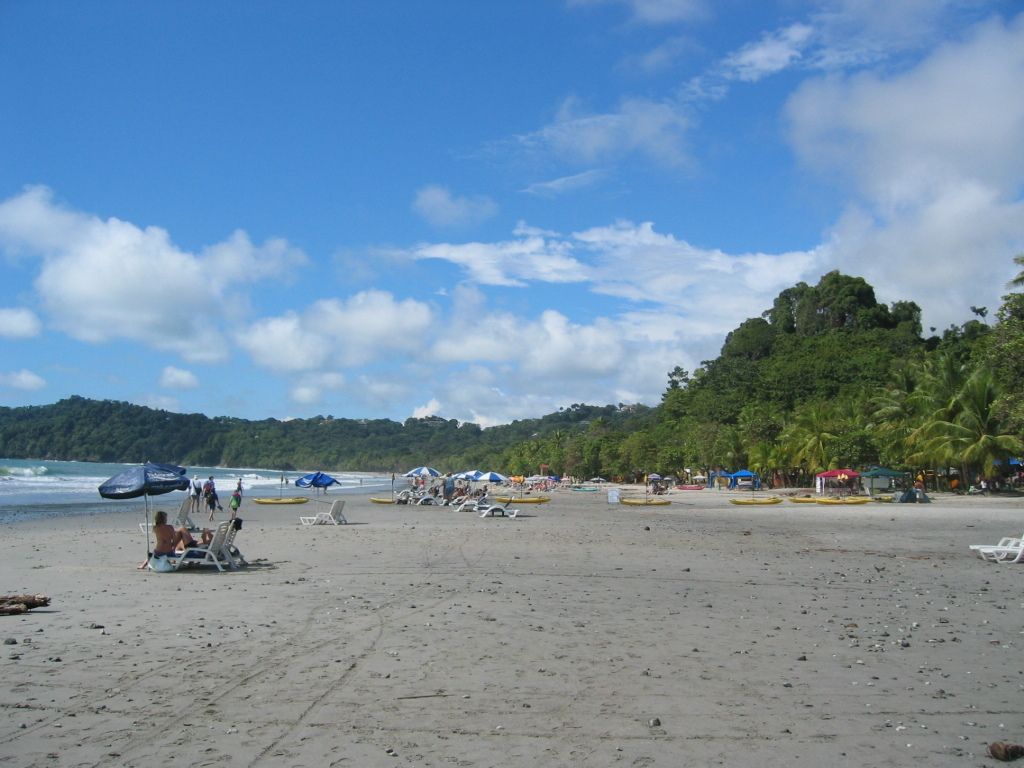Canada expands military expenditure by billions to satisfy NATO's budgetary requirement
Canada Quashes Dependence on US, Commits to Boosting Defense Spend
Mark Carney, the Canadian Prime Minister, has declared that Canada needs to break free from its reliance on the US for defense and has promised to jumpstart this transformation by fulfilling NATO's 2% military spending target seven years ahead of schedule.
Ever since Donald Trump took office, leaders of NATO allies, including the US President himself, have voiced concerns over Canada's failure to meet the alliance's spending goal. With a current military budget amounting to 1.37% of GDP, Carney's announcement paves the way for a significant change.
Speaking in Toronto, Carney emphasized that the fading dominance of the US on the world stage, recent technological advancements, and the weakening of Canada's alliance with the US necessitated an urgent ramp-up in defense spending.
"For too long, we stood shoulder to shoulder with the Americans throughout the Cold War and the decades that followed. The world has changed, andso must we," he proclaimed, adding, "It is time for Canada to step up and carve out its own path."
Although Carney outlined a plan to raise billions of Canadian dollars, he remained vague about the funding sources. Officials merely hinted at the planned utilization of these funds. Canada's heavy dependence on exports to the US, coupled with Trump's tariffs, has sparked concerns about the nation's economic stability.
Furthermore, Carney emphasized that Canada would no longer rely as heavily on US defense contractors, further highlighting strained relations between the two nations and the focus on distancing itself from its neighbor. The Canadian government has immediately added $6.8 billion to its defense budget, raising the total projected defense spending for the current fiscal year to around $62.7 billion.
According to defense analyst Margaret McCuaig-Johnston, this is a long-awaited announcement, particularly considering the tight timeline for meeting the NATO target. However, she noted that Carney would need to allocate further budget increases to fund his proposed military overhaul, which includes new submarines, aircraft, ships, armed vehicles, and more.
Additionally, plans call for adding drones and sensors to monitor the Arctic seafloor, a region of strategic importance that is increasingly becoming a source of competition among global powers, including Russia and China. Unlike former Prime Minister Justin Trudeau's plans, which aimed to raise defense spending to 2% by 2032, Carney's efforts will yield quicker results.
A substantial portion of the spending allocated this year will be directed towards boosting soldiers' pay and benefits, easing the severe recruitment crisis, and repairing deteriorated equipment. Further investments will focus on modernizing Canada's military capabilities with artificial intelligence, computer systems, and ammunition production within the nation. Carney stressed that the ultimate objective of these changes is to safeguard Canadians, not merely satisfy NATO accountants.
Despite achieving the 2% NATO target, Canada's efforts are unlikely to sit well with the US or other NATO allies, as NATO Secretary-General Mark Rutte has called for a "quantum leap in our collective defense" by committing to even higher spending targets. Rutte seeks member commitments of 5% of GDP dedicated to military and defense-related activities, mirroring Donald Trump's previous demands. Proposals for increased spending are expected to dominate discussions at the upcoming NATO summit in The Hague.
Carney assured reporters that details regarding the funding of Canada's military modernization plan will be unveiled in the fall when the budget is officially revealed.
The Canadian Prime Minister, Mark Carney, hinted at exploring alternative finance options to fund the significant increase in defense spending, as Canada's heavy dependence on exports to the US might pose economic stability concerns.
To follow through on his plans for modernizing Canada's military capabilities, Carney intends to reallocate funds away from excessive reliance on US defense contractors, potentially signaling a shift in the nations' strategic partnership.







